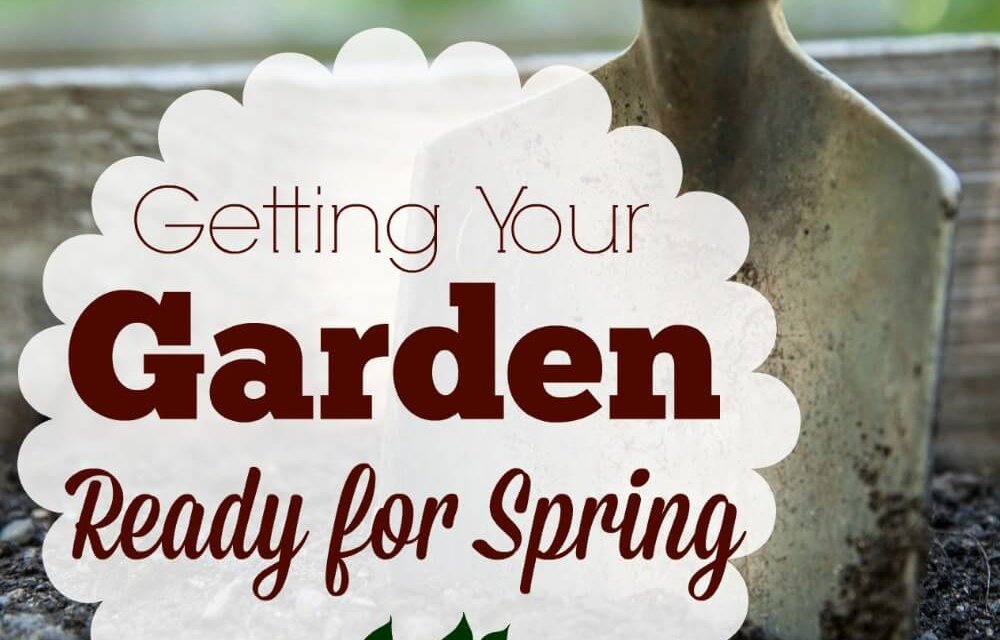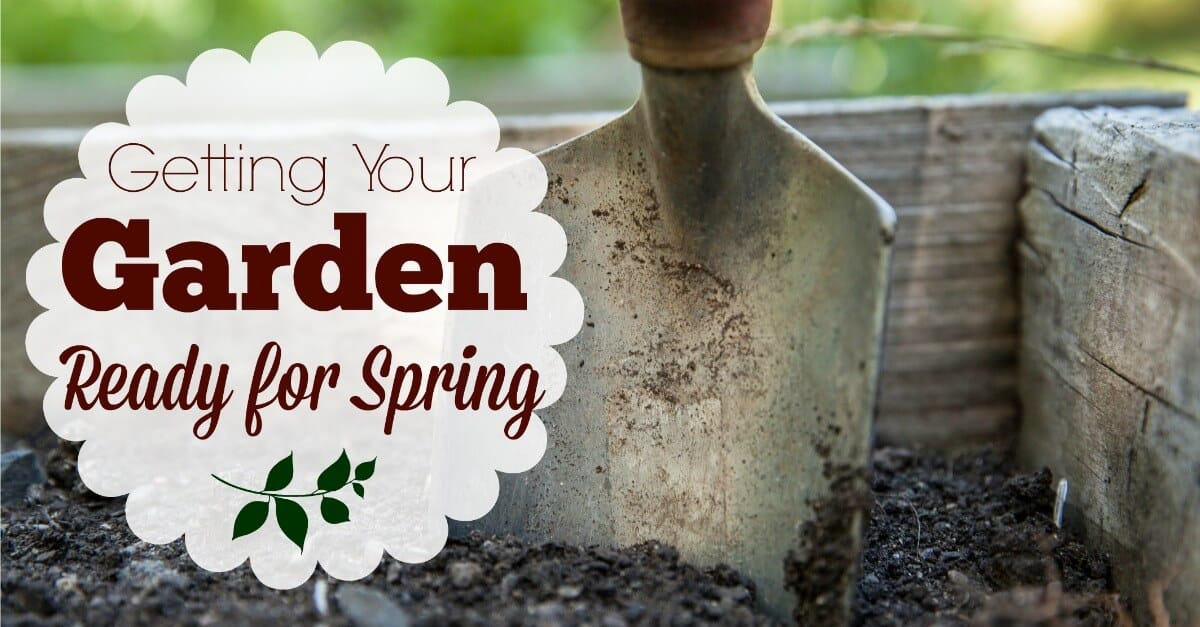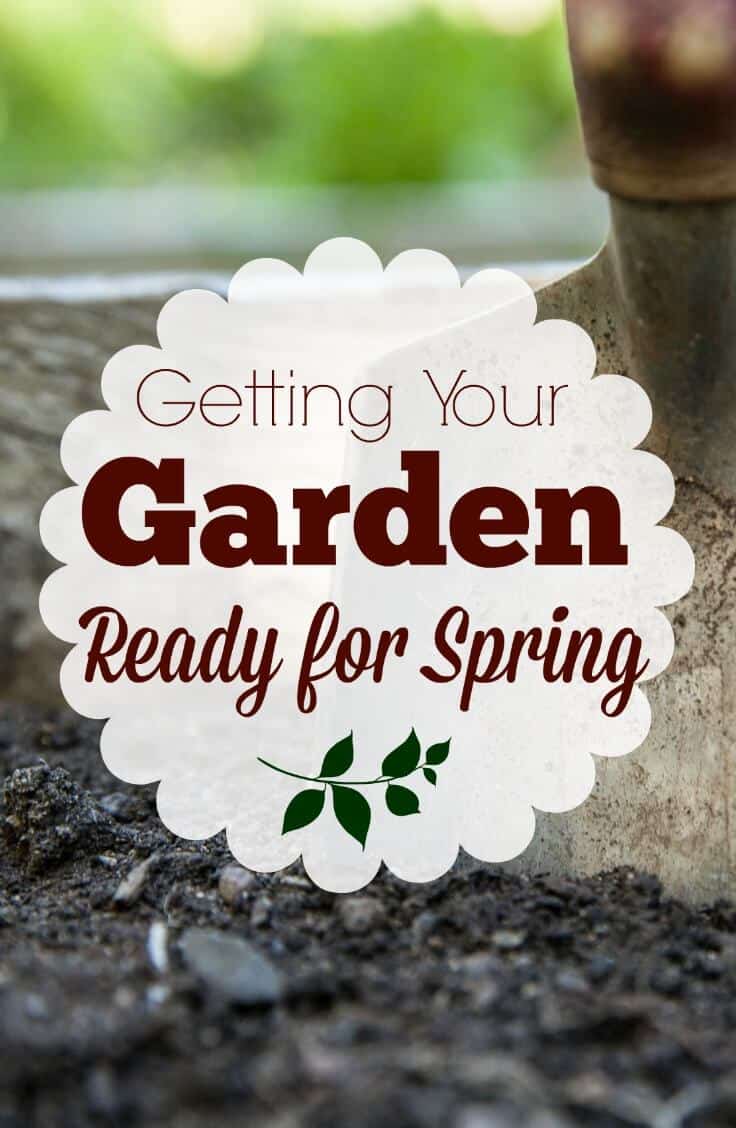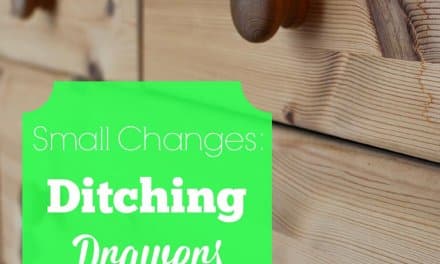We’ve been blessed with a very mild winter here in New England (so far) and that makes it easy to get into the gardening spirit. In fact, as I was cleaning up I had to stop myself from going to the store to buy new plants – because they don’t have them yet! It’s only mid-March!
What do you want to grow?
The first step in preparing your garden is deciding what kind of garden you want. Flower/plant or veggie/fruit?
Annuals. These plants are like a shooting star in your garden. They grow fast and furious, blooming like crazy for 1 season, then dying off. They are a good way to start a garden because they tend to be forgiving and are only supposed to last a year. So if they die, no biggie.
Perennials. Perennial plants will return each year to your garden. They don’t give as much impact in the first year, but over time they will mature and give you spectacular scenery. Perennial can take more work than annuals because you will need to tend them as they grow, but since you don’t have to rebuy and replant each year, the savings can add up.
Fruits and veggies. Edible gardens are making a big comeback these days, for good reason. Who doesn’t love a garden you can eat from?! Veggie gardens aren’t as pretty to look at, and they must be actively tended, but the produce they produce (get it?) is as fresh as you can get.
Don’t forget to consider the amount of sun your garden gets, drainage, and garden pests, including deer you have in your area.
Make a plan.
There are lots of ways to lay out a garden and none of them are right or wrong. I started looking into Square Foot Gardening and liked the philosophy behind it. After my first year of growing an edible garden I realized that I can implement the philosophy without necessarily using the methodology. We have a lot of yard and a lot of garden space, so I don’t need to keep everything so compact.
Take a look at the space you have and make a map of your garden. I recommend starting small and leaving plenty of space between plants when you’re starting out. It’s easy to underestimate how much work a garden is, and you can always add more throughout the season, or next year.
Do your prep work.
Some seeds, like tomatoes, have to be started indoors a few weeks before you want to plant them. Read the directions on the seed packet for planting instructions.
You’ll also need to get the ground ready for planting. Start by tilling the soil and removing any rocks. If you have compost available spread it in your garden and retill to work it into the soil. If you have existing plants prune them back to spur further growth.
Tools of the trade.
Before you get started, make sure you have the proper tools on hand. You don’t need to spend a fortune on garden tools to have what you need. I’ve included my Amazon store below for your convenience, but you can also find what you need at a local garden shop or home improvement store.




![6 Easy Ways to Find Balance Between Work and Motherhood [GIVEAWAY]](https://creatingmyhappiness.com/wp-content/uploads/2018/10/Finding-Balance-2-440x264.jpg)


